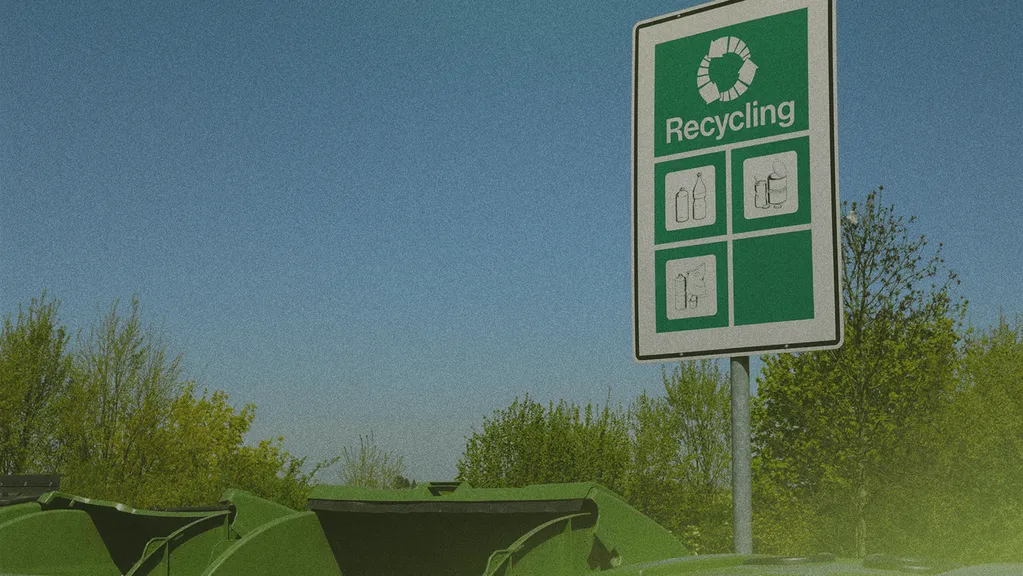Recycling is one of the simplest ways individuals and organizations can make a measurable impact on sustainability. However, behind every bottle or box placed in a recycling bin lies a complex system of collection, sorting, and reuse that determines whether that material truly gets a second life. Understanding how that system works—and how our daily choices fit into it—is key to making recycling more effective. From households to global corporations, consistent habits, informed decisions, and responsible waste removal all play a vital role in reducing landfill waste and advancing a circular economy.
Understanding Everyday Recycling
For most people, recycling simply means tossing something into the right bin. In reality, recycling is a complex system of sorting, processing, and repurposing materials that might otherwise sit in a landfill for decades.
You don’t need to be an expert to make an impact: consistency and a basic understanding of your local recycling program go a long way. It starts with recognizing the obvious items, such as cans, bottles, and clean cardboard, and which everyday items are less straightforward. Not everything that looks recyclable actually is, and accepted materials can vary from one community to the next.
Certain items, such as electronics, require special handling due to the materials they contain. Devices like TVs and computers often need to be brought to designated recycling facilities, where they can be processed safely and responsibly.
Ultimately, paying attention to what goes where helps ensure that recycling systems work effectively, reducing contamination and keeping more materials in circulation.
Recycling Options for Businesses
When it comes to everyday trash, households produce a little more than half of the nation’s municipal solid waste, or approximately 160 million tons per year. The rest, roughly 45%, comes from businesses, offices, schools, and other nonresidential sources.
The collective impact of businesses is substantial. Offices, restaurants, retail chains, and other day-to-day operations add to the total with packaging waste, food scraps, and bulky furniture. For example, the commercial sector generates approximately 40% of all food waste in the United States, which amounts to more than 80 million tons per year. Packaging materials from retail and food services account for a large portion of this waste, much of which is recyclable if properly sorted.
Sourgum offers roll-off dumpster rentals in multiple sizes to handle the diverse waste streams generated by businesses. We don’t just drop them off and drive away: thanks to our haulsourcing platform, we coordinate directly with a network of trusted recycling centers. That means we can route each container’s contents to the right facility, whether it’s for metals, wood, cardboard, or electronics, so that more material is actually recycled instead of buried.
How to Recycle Household Waste
Communities typically offer two primary recycling options: designated drop-off locations and curbside collection programs. The first option involves transporting your recyclable waste to a recycling drop-off site. There are three main types of permanent recycling facilities for this purpose: bring banks, household waste recycling facilities, and recycling centers.
Household Waste Recycling Facilities
Household waste recycling facilities are staffed drop-off sites that typically accept standard materials including cardboard, plastics, paper, cans, and glass. They may also take hazardous materials, such as fluorescent tubes, old thermometers, or other chemicals. Check with your local hazardous waste program or state environmental agency for details on hours and accepted materials.
Recycling Centers
Recycling centers handle common recyclables, such as paper, plastics, cardboard, and metals, but may not accept the wider range of materials that household waste recycling facilities do. Some centers are designed to process only specific items, such as electronics or scrap metal, while others serve as transfer points for recyclables collected curbside. Hours and accepted materials vary by location, and many centers don’t take bulky waste or hazardous items.
Recycling with Sourgum
At Sourgum, we believe sustainability starts with clear guidance. By following clear recycling practices and making informed choices, we can all play a role in reducing waste and conserving resources. Our mission is to make waste removal not only easier and more efficient, but also smarter and more sustainable. Together, through small, consistent actions, we can create a cleaner environment and a zero-waste future.


